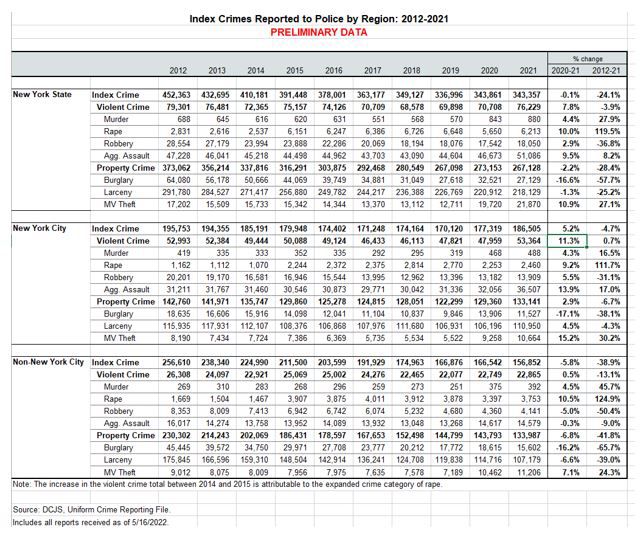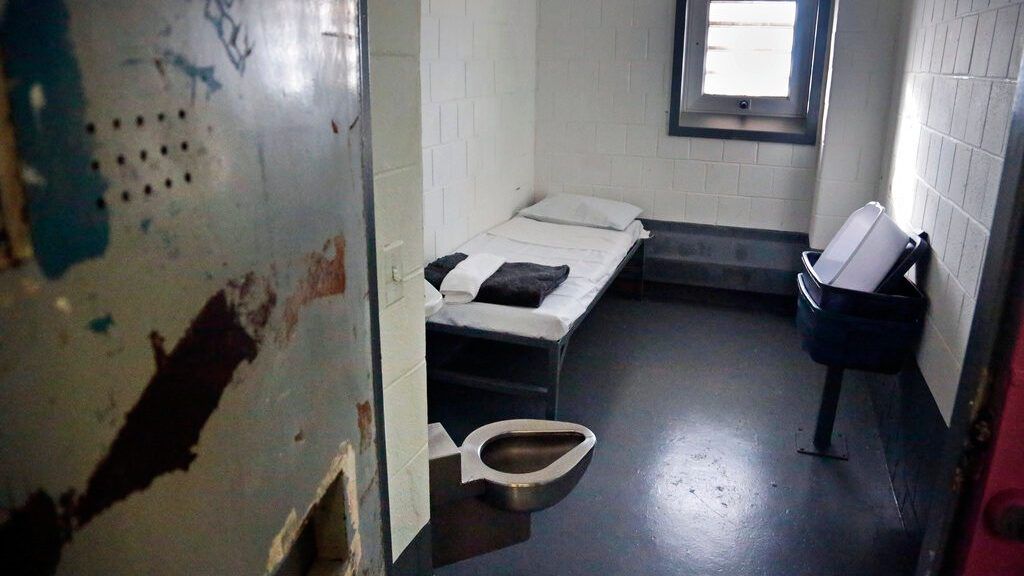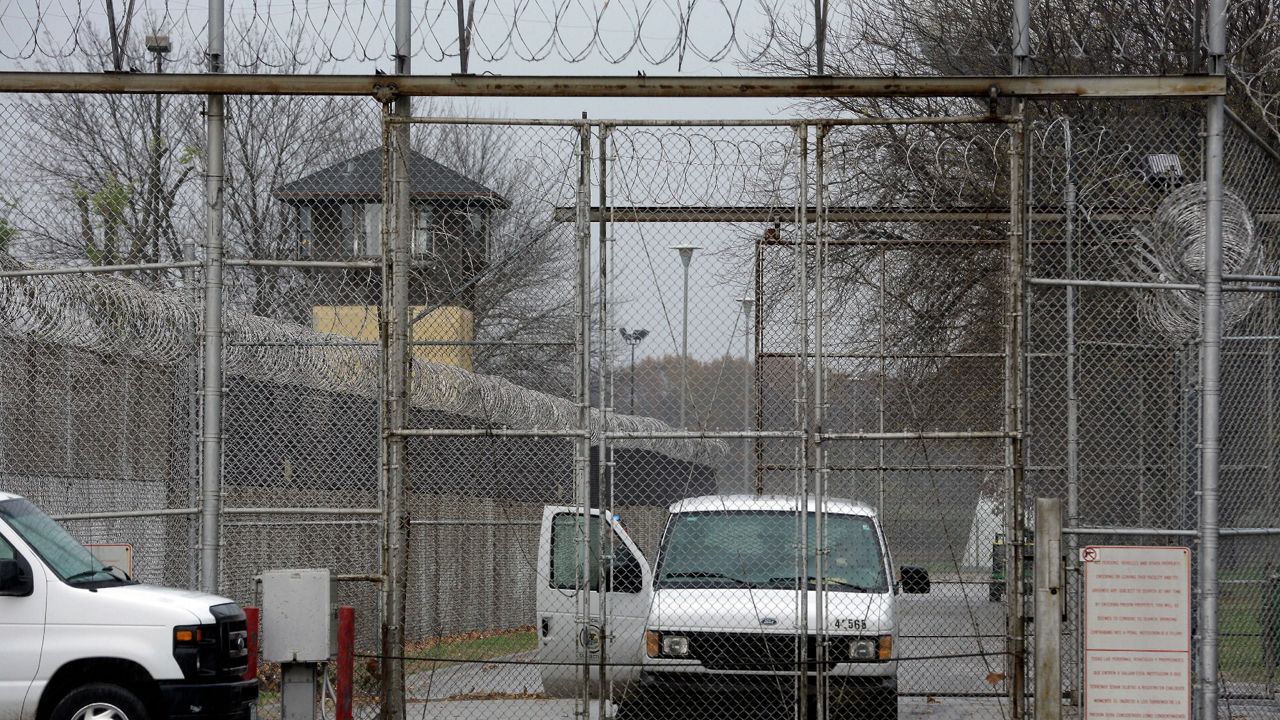One of the most politicized issues of this election cycle is bail reform.
Republicans, including gubernatorial candidate Rep. Lee Zeldin, have argued that cashless bail has led to an increase in crime. Democrats like Gov. Kathy Hochul say it hasn’t.
Until now, the numbers haven’t told a clear story. And it looks like, even with newly released crime statistics from the Division of Criminal Justice Services (DCJS), that the definitive answer some are hoping for on bail reform remains elusive.
According to Josh Solomon, a Capital Bureau reporter for the Albany Times Union who has done in-depth work on this issue, DCJS is urging New Yorkers to remain open-minded.
“The first top takeaway, as DCJS said, is let’s hold on for big sweeping conclusions of what it means,” Solomon said. “As much as we want to have a definitive statement on it, it’s still a working draft.”
In other words, how bail reform has affected crime rates in the state is still an open question.
“What we do know is that there (are) no major jumps in rearrests as maybe some folks would want to suggest,” Solomon said. “We also know that people are appearing to court more often than they did before. And we have to remember that bail is a tool to get people to return to court in New York’s laws.”
The crime data provided by DCJS offers two ways to look at the numbers: Stats comparing percentage change over nine years — from 2012 to 2021 — and stats comparing percentage change over one year — from 2020 to 2021.
For example, “index crimes” in New York state, which include murder, rape, robbery, aggravated assault, burglary and larceny, have gone down 24.1% over the last nine years.

Those same “index crimes” only dropped by 0.1% between 2020 and 2021.
“One thing that DCJS always points out is that there are major regional differences (in crime statistics). What we are seeing in Albany County is not what we’re seeing in New York City, and it’s not what we’re seeing in Erie County or Monroe County,” explained Solomon.
For example, according to the latest release of statistics in New York City, violent crime rose by 11.3% in the year from 2020 to 2021.
Over the same period of time in the rest of the state, excluding New York City, violent crime rose by 0.5%.
Over the longer nine year period, violent crime dropped by 13.1% in New York state, excluding New York City. In New York City, over the same nine-year period, violent crime rose by 0.7%.
One key question is this: Can any increase in violent crime be attributed to bail reform, especially when some crimes are, in fact, bail eligible?
Again, Solomon told Capital Tonight, it’s too early to say.
“Critics would say, part of bail reform is this idea that you have to have very low bail that prevents you for holding that person in jail. That’s a point I usually go back to: There’s a conversation between bail or jail,” Solomon said.
“Researchers are going to be working on this for months and months and years to come,” he continued.








